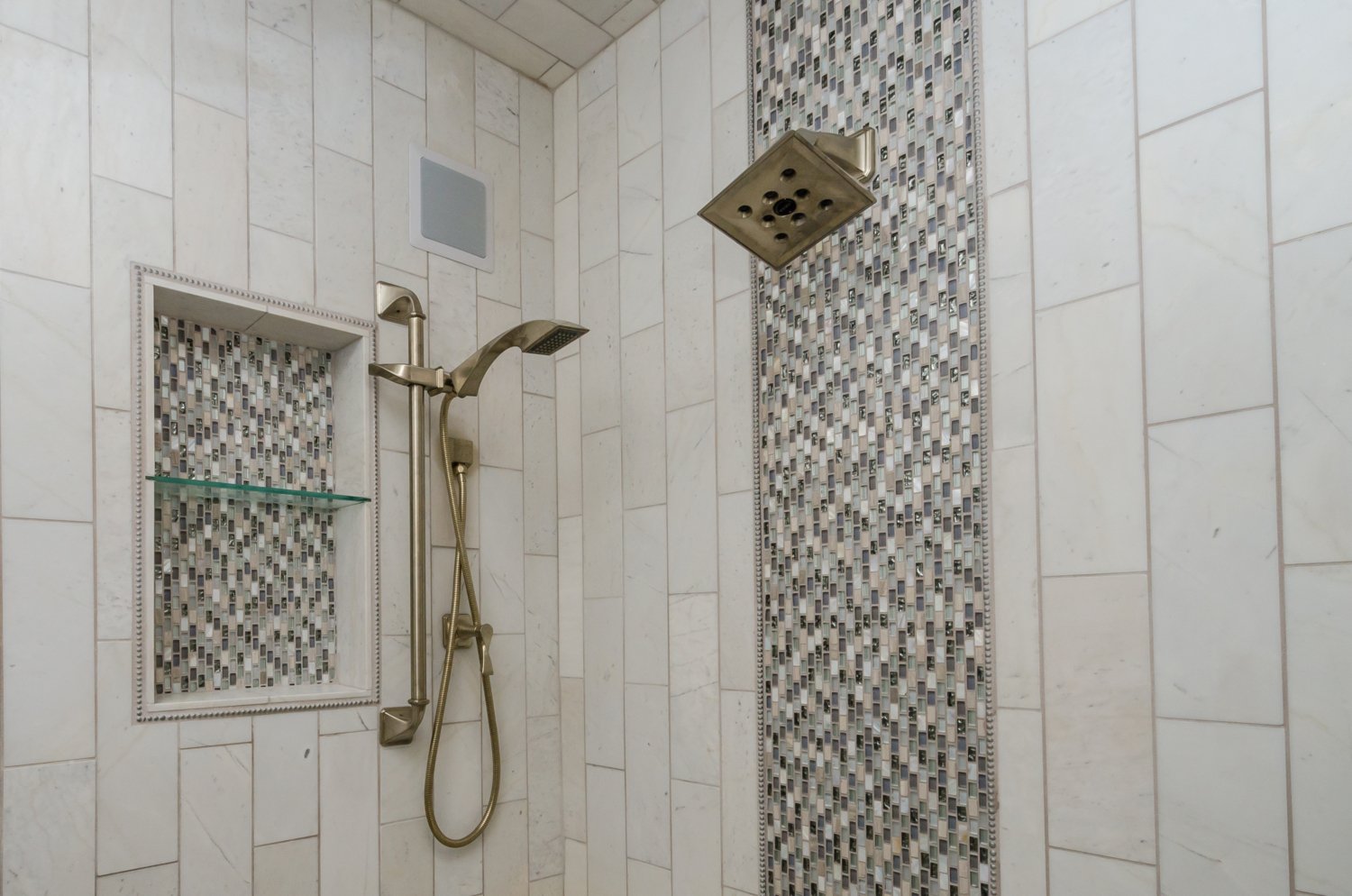4 Ways to Meditate in the Shower
Approximately 200 to 500 million people around the world meditate, tapping into wellness-related benefits such as a reduction in anxiety, lowered risk of heart-related hospitalization, and a boost in productivity.
But when your day is busy with urgent tasks, setting time aside to meditate can feel impossible, even when you know the benefits. Whether you've struggled to stick to a meditation routine before or want to try and squeeze in meditation for the first time, a great strategy is pairing it with activities where you're already relaxed and don't need to pay full attention the tasks in front of you.
This might be during a morning walk or while doing chores. But the best option we've discovered is meditating while in the shower.
Enhancing Meditation With a Steam Shower
Make your shower meditation practice even more relaxing with a steam shower. Warm steam can relax your muscles and reduce the physical feeling of stress, strengthening the soothing effects of meditation.
Humid, steamy air can also help you breathe more deeply, whether you suffer from inflammation, have seasonal allergies, or simply want a more profound sense of calm.
Whether you are steaming or in a regular shower, the following four styles are particularly well-suited for people who want to meditate in the shower and seize the day:
1. Breath Work
Breathwork is both the easiest and one of the most complex types of meditation. At its core, it's all about breathing intentionally so you can relax and let go of stress. Meditative breath work encompasses various breathing styles and exercises, each bringing its own mental, physical, and spiritual advantages to the table. We recommend starting with the most straightforward breathing techniques and varying your routine over time.
Begin with relaxing breathwork, which centers around deep breathing. Diaphragmatic breathing is breathing from the diaphragm, which means you move your stomach more than your chest or shoulders. You may begin to breathe diaphragmatically simply by focusing on your breathing.
From there, you can practice intermittent breathing. A typical pattern is the four-four-four style of breathing, where you slowly inhale for four counts, hold your breath for another four, and then slowly release your breath over the last four counts. Some patterns also include another four-count before you breathe in again. The goal of breath work in the shower is to relax, destress, and feel comfortable.

2. Visualization
Visualization meditation is just as versatile and customizable as breathwork. It's primarily centered on mindfulness.
Depending on your practice, you might visualize success or achievement in a specific area of your life; a detailed imagining of success can help orient your mind toward success. Color visualization or scenery visualization practices help you grow your ability to focus. In this form of meditation, you hold a color or scene in your mind, trying to focus exclusively on the color or image.
For shower meditation, visualization can be all about present mindfulness. Take note of every detail and move with clear intention. Acknowledge extraneous or off-topic thoughts, but recenter back on the image. This exercise can make your shower more relaxing and strengthen your ability to stay focused and present over time.
Visualization can be challenging, especially if it's your first time with the technique. To start, try briefly practicing outside the shower first, or set a timer, so you aren't practicing visualization for too long (60 seconds is a great starting point). Also, you can try a guided visualization meditation session; there are plenty of audio resources online that you can play on a speaker so you have extra support.
3. Affirmations and Mantras
Affirmations and mantras are both types of statements that can help reshape your thoughts and emotions. However, they do so in two different (and equally important) ways:
- Mantras are long, chanted statements that are meant to be personally meaningful and require concentration to say. Mantras are often an advanced practice, so shower meditation is an excellent strategy for practitioners who worry about not having enough time to continue their meditative practices during busy periods.
- Affirmations are present-tense statements meant to affirm the speaker's capabilities, qualities, or goals. Affirmative statements are about praising yourself and cultivating a sense of self-worth. Shower affirmations are beneficial for new practitioners who may feel hesitant or awkward about saying these statements aloud.
To start, find a mantra or create an affirmation that resonates with you. Then begin practicing saying it aloud and focusing on the words. Making it a regular part of your shower routine can make it a more vigorous and successful habit.

4. Mindful Sensory Awareness
Mindful sensory awareness is similar to visualization, but it orients your mind toward sensory feedback in the moment. Instead of focusing on a mental image or color, pay attention to all of the sensory feedback. Use sound, touch, smell, and sight to focus on the shower and stay present; focus on the feeling of water on your skin, the scent of your shampoo, or the sound of the water. This type of exercise can help reduce stress and improve focus. Instead of showering while worrying about to-do items or current stressors, you can genuinely 'take a break.' Showers are handy in this practice because they provide sensory feedback. They are also a completely different environment from your workspace (even if you work from home), so you can get into a therapeutic mindset after some practice.

 SEARCH
SEARCH
 FIND A DEALER
FIND A DEALER







